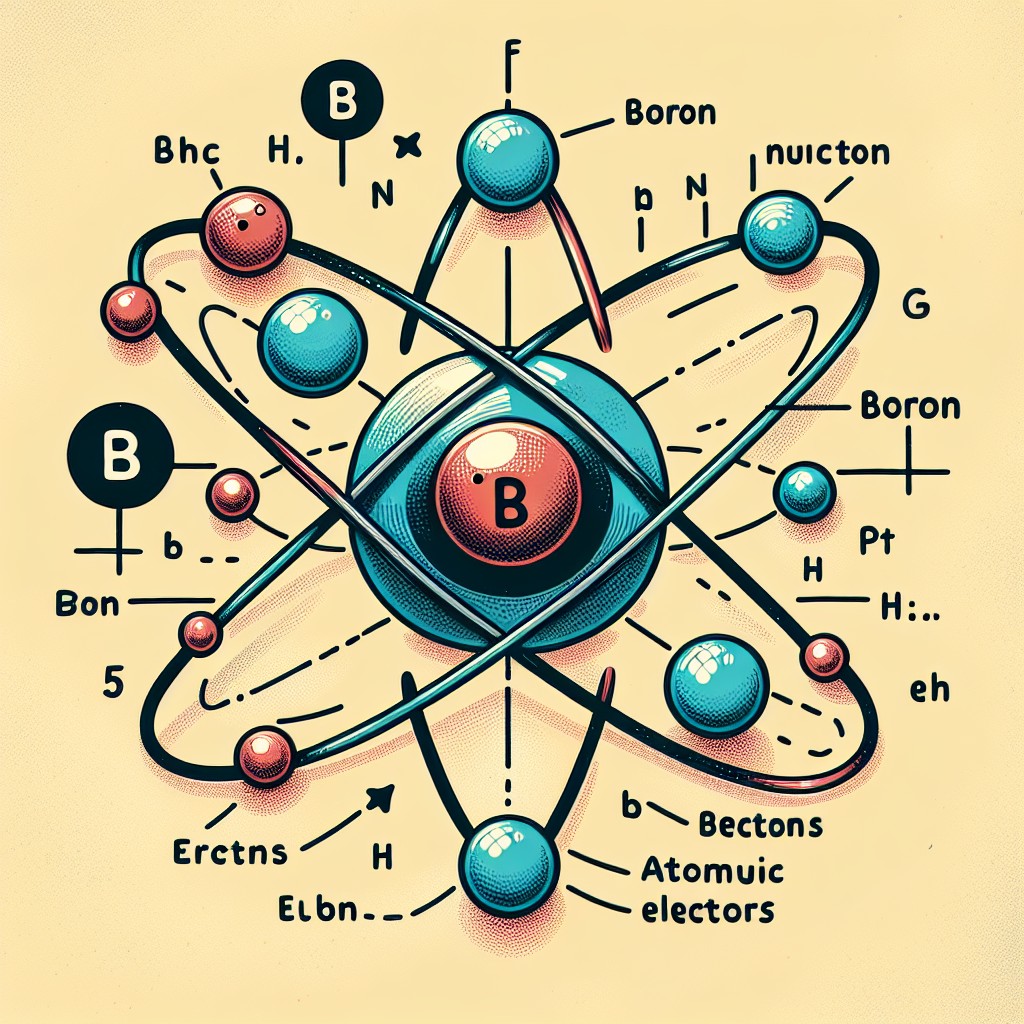| Date | Type | Event |
|---|---|---|
| 1915-01-19 | In 1915 The first Zeppelins attacked the United Kingdom by the Germans as part of their World War I offensive. The first Zeppelin air raid on London (and first Air raid in history) was attempted on the 19th of January 1915, during the early stages of World War I. While this raid did not directly hit the capital, it marked the beginning of a new era in warfare, where civilian populations became targets of aerial bombing. It was a precursor to the more devastating raids that would follow later in the war. Two German Navy Zeppelins, L3 and L4, were assigned to bomb Britain. Their primary targets were believed to be London and military installations in eastern England. However, due to poor weather and navigation challenges, the airships did not reach London. Instead, they dropped bombs on several coastal towns in Norfolk and Suffolk, including Great Yarmouth and King’s Lynn. Although only 4 people were killed it would mark the beginning of strategic bombing as a military tactic. It set the stage for future raids, including the May 1915 Zeppelin raid, which successfully targeted London dropping 40 bombs and killing 7 people. While the January raid achieved limited success, it introduced the British public to the reality of aerial warfare and prompted innovations in both military technology and civilian defence. The British government responded by improving air defences, including deploying searchlights, anti-aircraft guns, and fighter aircraft. | |
| 1915-04-22 |
On this day in 1915 the Germans first used poisonous gas in the trenches of the Western Front. Normally after a barrage of artillery fire in the trenches of World War I silence would mean a push of infantry over the top to gain ground. But instead of Germans making their way across no-mans-land, a four mile wide cloud of smoke drifted across carried by the wind. When it reached the French troops in the trenches they were ill prepared and suffered thousands of casualties. This marked the first major offensive using poisonous gas in World War I. The Germans had used gas earlier in the year against the Russians on the Eastern front but the cold weather caused the majority of the gas to freeze making it ineffective. From this moment on England and France began production of their own poison gas as well as protective equipment to use against the Germans. It is believed that 100,000 tons of gas was used in World War I which killed nearly 30,000 people and injured almost half a million.
|


